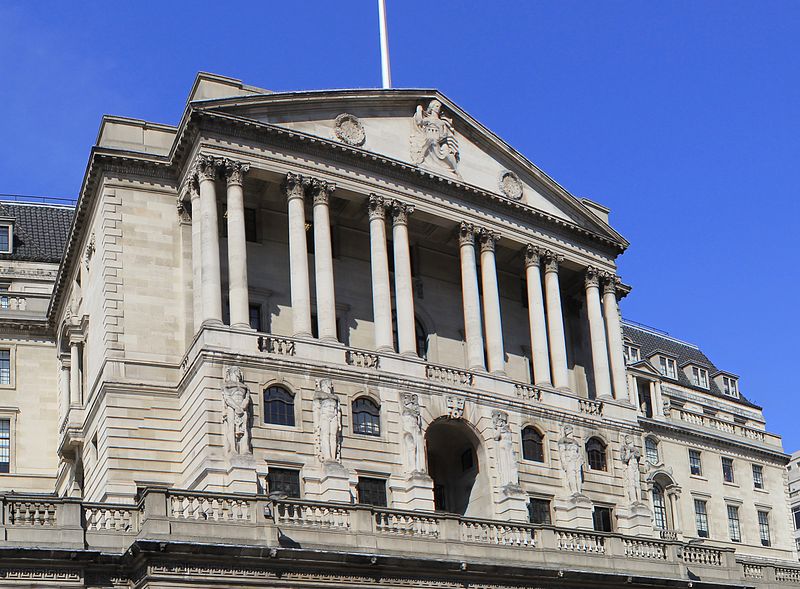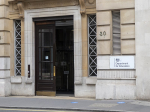
Mortgage rates are soaring to levels not seen since Liz Truss's mini-Budget debacle last year, and Bank of England Governor Andrew Bailey has issued a warning of more challenges ahead.
The average two-year fixed-rate deal has reached 6.63%, just shy of the 6.65% level recorded on October 20, according to MoneyfactsCompare. This marks the highest figure since November 2008 during the global financial crisis. In recent weeks, banks and building societies have rushed to increase mortgage rates, resulting in the withdrawal and repricing of many deals.
The Bank of England, under Governor Andrew Bailey, has significantly raised interest rates since December 2021, with the current rate standing at 5%. It is widely expected to climb to 6% by the end of the year as part of the Bank's efforts to control inflation. These increases are likely to lead to further waves of mortgage rate hikes, causing more distress for homeowners. Stuart Cheetham, CEO of lender MPowered Mortgages, predicts that the average two-year fixed-rate deal may exceed 7% by the year-end.
Cheetham further warns that interest rates are expected to rise even more, suggesting that mortgage rates will continue to increase significantly beyond the next few weeks. Unlike the short-lived impact of last year's mini-Budget, the current turmoil is expected to persist for a longer period. In response to the uncertainty surrounding inflation and multiple base rate increases, the unwinding process will likely take several quarters.
Homeowners and buyers are rushing to secure deals as rates continue to rise amidst the ongoing chaos in the mortgage market. The value of new remortgages has increased by 41% compared to the previous two-month period, as reported by Knight Frank Finance. Lenders are inundated with applications and are being compelled to withdraw and reprice deals.
Virgin Money recently raised its two- and three-year fixed-rate deals by 0.35 percentage points and its five-year rates by 0.3 percentage points. Experts advise borrowers to stay ahead of the curve and lock in deals while they can. Most borrowers are opting for shorter-term deals in the hope that interest rates will decrease in the next 12 to 18 months. However, those with fixed rates ending within the next year may face the greatest impact, while those with longer fixed-rate deals lasting until 2025 or beyond may experience less severe rate increases. Photo by Katie Chan, Wikimedia commons.



































